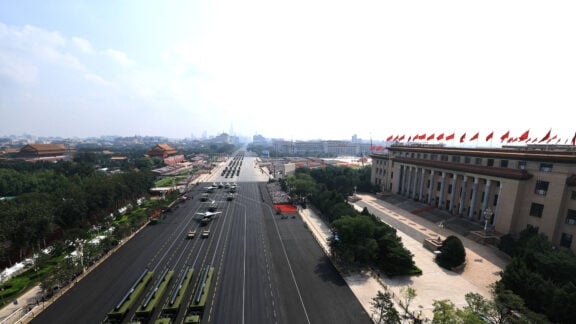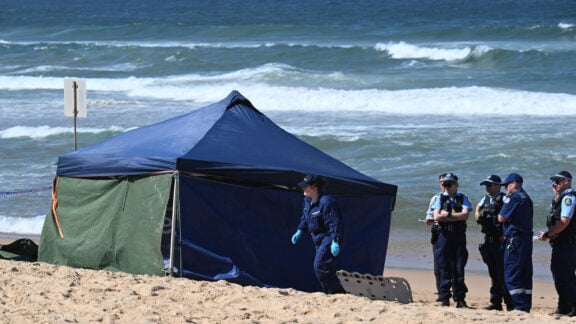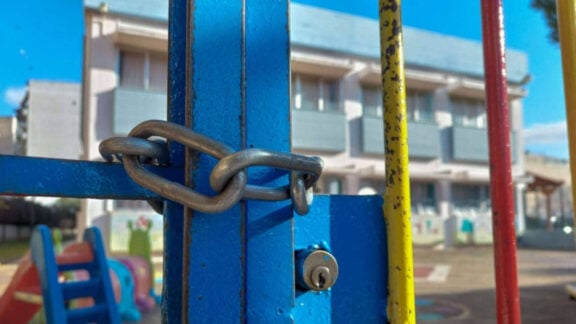Picture a street in Victoria lined with empty blocks and lifeless houses. This image captures a pressing issue in our state: a housing crisis of skyrocketing prices and unused spaces. In an audacious response, the Victorian government proposed overhauling its vacant land tax policy. This sweeping change could revitalise the housing market or introduce new complexities.
Tax Expansion
The original tax targeted empty homes in Melbourne’s inner and middle rings with a modest 1 per cent levy. However, this tax blankets the entire state, and in a striking twist, properties left vacant for more than three years will see this tax tripled to 3 per cent. It’s a strategy to jolt property owners into action – either to rent them out or sell their unused properties, thereby injecting more options into the housing market.
Rationale
This policy is more than a fiscal adjustment; it’s a social intervention. In a state where finding a home is a Herculean task for many, these changes could usher in a new era of housing availability. The government hopes to offer respite in a landscape marked by limited choices and escalating prices by pushing more properties into the market.
Beacon of Hope and possible downsides
The potential benefits are significant. A surge in available housing could stabilise, or even lower, prices, providing much-needed relief for home seekers. The tax revenue generated could also bolster public housing funds, supporting the broader housing needs.
However, every policy has its flip side. The escalated tax might deter investment, leading to a slowdown in the property market. Enforcing this policy also poses challenges, balancing effective compliance with respect for privacy. Creating a cumbersome system that’s more red tape than remedy is risky.
Green Energy: Smart exclusion
Notably, the policy exempts land for renewable energy projects from tax hikes. This exemption is aligned with environmental priorities, encouraging investment in sustainable energy – a critical element of Victoria’s future.
Rent control debate and market dynamics
Closely tied to these tax changes is the contentious issue of rent control. While capping rent increases promises immediate relief, it’s a complex mechanism with potential long-term drawbacks, such as degraded property quality and a possible decrease in rental stock.
The vacant land tax is about more than just filling empty homes. It’s an attempt to recalibrate the supply-demand balance in the housing market. This policy could cool down an overheated market or stifle investment and development. It’s a delicate balance that requires constant monitoring and adjustment.
Setting a precedent and a need for community engagement
As Victoria embarks on this path, other regions facing similar housing challenges are watching. Will Victoria’s approach emerge as a successful template or as a cautionary tale of well-intentioned policy yielding unintended consequences? This tax reform isn’t just a matter for policymakers and economists. It touches the lives of every Victorian. How will it affect homeowners, potential buyers, renters, and investors? What does it mean for local communities and the overall economic health of our state? These questions deserve robust discussion in our communities.
Dynamic response to a static problem
Victoria’s vacant land tax reform represents a dynamic response to the static problem of housing shortage. While its goals are commendable, its success will depend on a nuanced implementation that responds to real-world impacts. This policy is not just a line item in a government budget; it’s a crucial step in shaping the future of housing in Victoria. As such, it demands our attention, understanding, and active participation in the unfolding dialogue about the future of our communities and our state.
Tony Anamourlis, a partner at Abbott & Mourly Lawyers specialising in tax and commerce, has been shortlisted as a finalist in the Partner of the Year Awards 2023, specifically in the category of Innovation.








